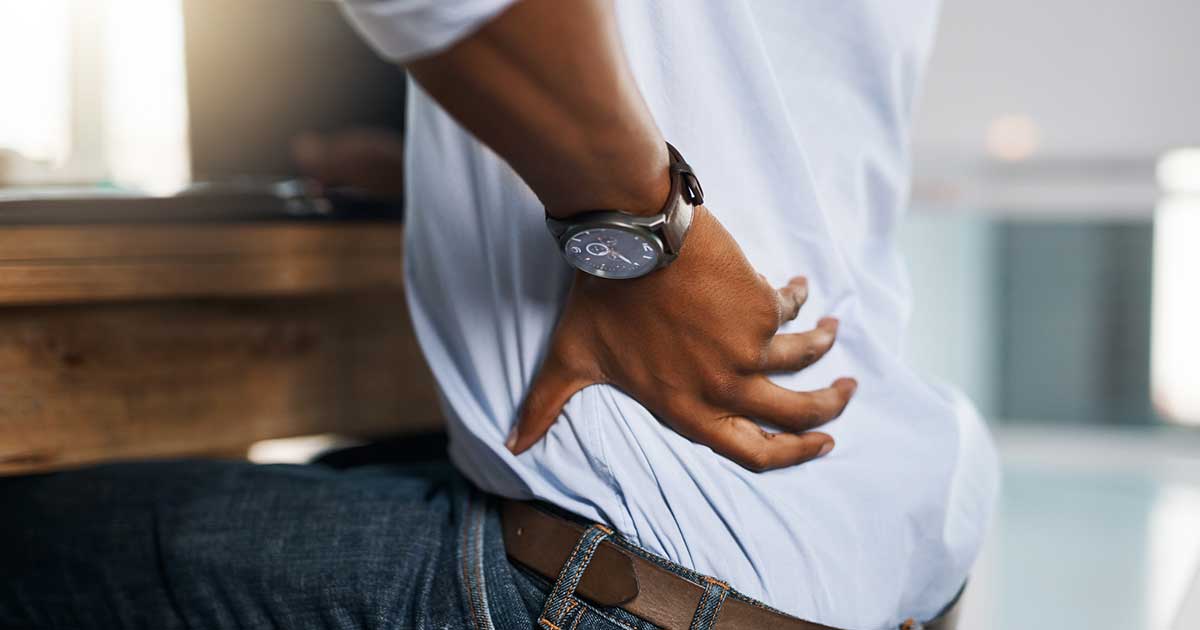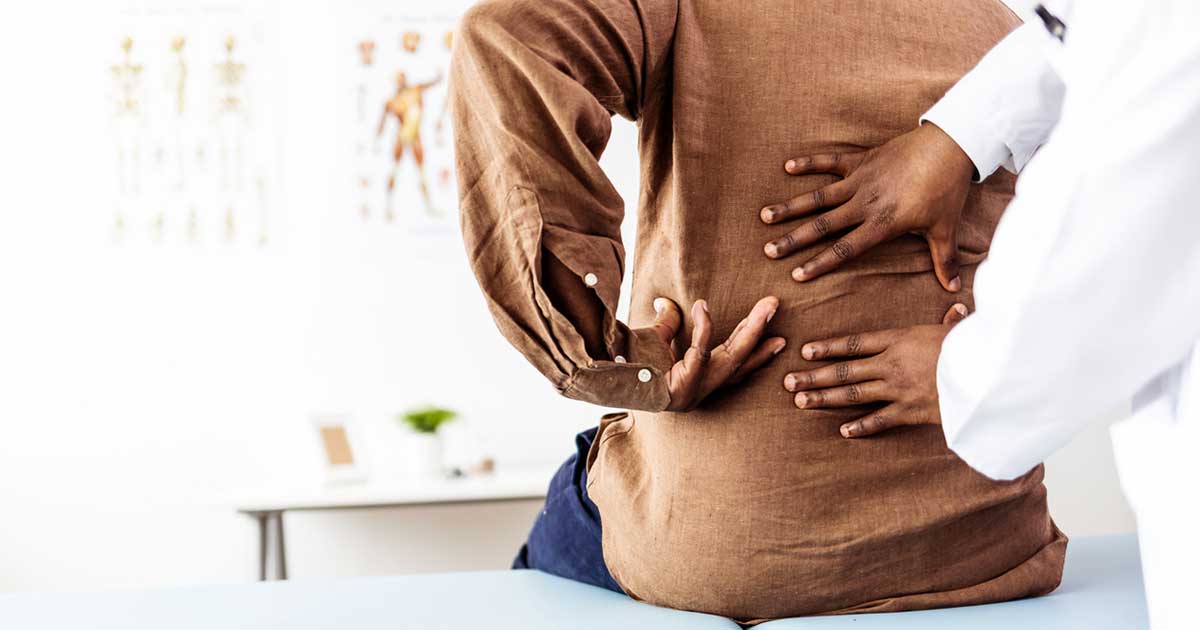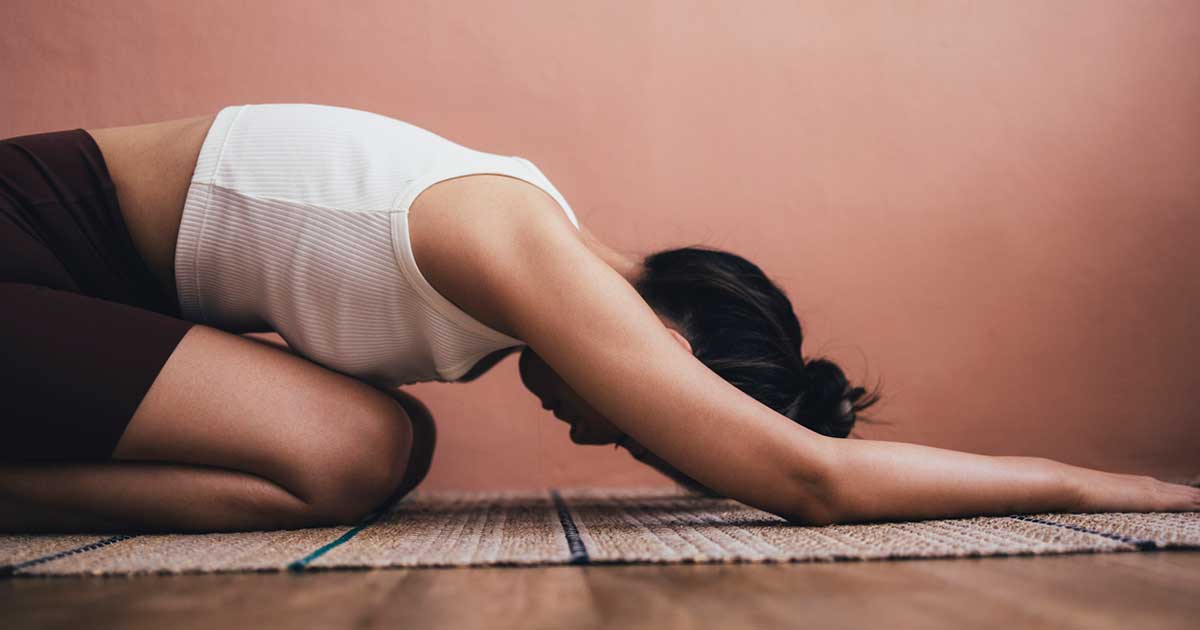
Advice to improve your movement, fitness, and overall health from the #1 in orthopedics in the U.S.
Best Types of Exercise for Back Pain
If you’re suffering from back pain, exercise can help—if it’s the right type.
Advice to improve your movement, fitness, and overall health from the #1 in orthopedics in the U.S.

Exercise is widely considered to be helpful for people with low back pain. But which exercises work best?
“In general, aerobic exercise has been shown to help chronic low back pain,” says Alexis DiClemente, PT, DPT, OCS, a physical therapist at HSS. “Aerobic exercise can diminish the intensity of pain and improve how people feel about their condition.”
Aerobic workouts can improve overall physical function – including things like flexibility and joint stiffness – as well as our mood, sleep and ability to tolerate stress, which can further reduce the toll of back pain, she adds. Exercise boosts the flow of blood and nutrients to the joints and spine and their surrounding muscles, tendons and ligaments, helping to protect them from further damage.
The types of exercises below are most beneficial for people with back pain. But in general, DiClemente says, people with low back pain can do whatever exercises they can tolerate without aggravating their condition.
Biking
Elliptical machines and stationary bikes, particularly recumbent bikes (where the seat reclines backward), can be excellent options for people with more intense pain because it’s easy to regulate the speed and intensity of the workouts. Those with milder pain can try riding on roads or trails on an outdoor bike, as long as the jolts and rigors of the changing terrain don’t worsen their discomfort.
For people in search of a more vigorous workout, spinning classes aren’t off the table, DiClemente adds, with a caveat: “If you haven’t learned to ride correctly or taken a spin class before, you could be at risk for injury, so be sure to get instruction on how to sit properly and keep the correct posture.”
Water Workouts
Swimming pools are the ideal gyms for people with chronic low back pain, according to DiClemente. “Working out in water can really help because the buoyancy cushions the back and joints while providing resistance to create an aerobic and strengthening effect” for the cardiovascular system and muscles, she says.
DiClemente recommends marching in place, walking laps and walking both forward and backward and side-to-side to target all the relevant muscle groups involved in back pain, including not only the lower spine but the legs and hips.
Of course, swimming is allowed, although DiClemente says she tells patients to stick to back and breast strokes, which put less strain on the spine than the repetitive kicking and twisting of freestyle movements.
Flexibility Practices
Yoga can be a highly effective tool for reducing low back pain, not only because it provides strengthening exercises and improved mobility but also because it can relieve stress and improve mood. Though “yoga does involve moving into various poses and postures, some of which can put strain on different areas of the body,” DiClemente cautions, “so it’s important to proceed slowly.”
Similarly, many people with low back pain find practicing Tai Chi beneficial, DiClemente says. The traditional Chinese martial art concentrates on slow, gentle movements that combine postural alignment and balance with deliberate weight shifting. In fact, people with chronic back pain often lose their sense of propioception – the ability to sense where they are in space – which is critically important for walking and other routine movements.
Easy Does It
Although a little discomfort is normal during exercise, if you have low back pain, listen to your body while you work out. Be mindful of the nature of the pain you experience while being active, DiClemente says. If the workout is reproducing the pain you typically have, adjust the intensity, speed, resistance and/or duration of your workouts until it eases. If that doesn’t help, pick another workout that doesn’t bring back familiar symptoms.
Another good guideline: If your pain jumps three levels above where you started – from, say, a 3 to a 6 on a 10-point scale – stop what you’re doing and find another exercise, she says.
There are instances in which exercising with back pain isn’t wise. Many patients with chronic low back pain are experiencing a narrowing of the spinal cord, also known as spinal stenosis. Spinal stenosis is increasingly common with age, especially in people over age 60, and generally arises as pain that worsens with walking or standing and eases with sitting.
Herniation of the lumbar disks is another common cause of low back pain. For these people, the material cushioning the vertebrae pushes against the spinal cord, sending pain signals down into the legs.
People with herniated disks can safely exercise, DiClemente says, but they should focus initially on activities that improve extension of the spine – recumbent cycling, for example – and avoid walking, running and other workouts that compress the vertebrae.
“If you experience any increase in the symptoms of herniation, such as pins-and-needles or numbness in the legs or feet, stop exercising for a period of time," she adds.
Can Exercise Cure Low Back Pain?
Research shows that regular aerobic exercise over the long term can provide significant relief for a wide variety of pain conditions. For some people, DiClemente says, it can even be a cure, although in many cases patients have psychosocial issues that exacerbate their pain and which must also be addressed.
“But if someone just has chronic low back pain and few if any other health issues, exercise might give them complete relief,” DiClemente says.
Sources: https://www.iasp-pain.org/resources/fact-sheets/the-global-burden-of-low-back-pain
Published 4/3/2023


